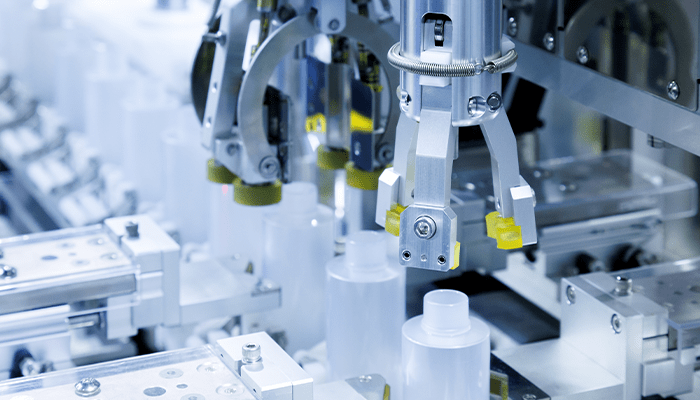
The Value of Lean Six Sigma in Manufacturing
Manufacturers use Lean improvement and the Six Sigma model to improve processes and eliminate waste. In this article, we'll briefly examine the history of these models to discover how manufacturers can benefit from combining them.
Lean, often referred to as the Toyota Production System, originated in Japan at Toyota in the 1930s and 1940s. The founder of Toyota Motor Corporation, Kiichiro Toyoda, was influenced by the ideas of American efficiency experts like Frederick Winslow Taylor and Henry Ford. Toyoda sought to adapt these concepts to Japanese culture and conditions, laying the foundation for Lean manufacturing.
Furthering it as an improvement method was Taiichi Ohno, an engineer at Toyota who developed many of the key principles and practices of Lean. In the 1950s, he introduced concepts such as Just-in-Time (JIT) production, where inventory is minimized and parts are only produced as needed, and the Toyota Production System (TPS), which became the basis for Lean manufacturing.
Six Sigma was developed by Bill Smith, an engineer at Motorola. Motorola, at the time, was having significant variation in its production processes. Smith recognized that variation in manufacturing processes led to defects and waste and sought to develop a methodology to reduce this variation.
In the late 1980s and early 1990s, Motorola implemented the Six Sigma methodologies, which resulted in a significant reduction in failures. The term "Six Sigma" was used to refer to the goal of achieving 3.4 defects per million opportunities or near zero.
Lean and Six Sigma came together as a method for improvement in the late 1990s and early 2000s. This integration was driven by the recognition that both methodologies share a common goal of improving processes and eliminating waste and can be more powerful when used together.
Lean, as an improvement tool, focuses on reducing "waste," which is defined as any activity that the customer doesn't value. Typical wastes within organizations are defects, waiting, excessive movement of both material and people, and excessive inventory. Lean seeks to identify waste, eliminate it, and develop more efficient processes.
Six Sigma's focus is on process variation, which typically leads to defective outcomes of a process. It helps companies reduce defects and errors in their processes, leading to higher-quality products and services. This can result in lower warranty costs, fewer customer complaints, and higher customer satisfaction.
Lean Six Sigma uses a standardized methodology referred to as the DMAIC model. The DMAIC Model is an acronym for the improvement process: Define, Measure, Analyze, Improve, and Control. It provides companies with a structured problem-solving method that helps ensure projects are well-defined and well-executed.
Overall, the value of companies using Lean Six Sigma improvement methods can be substantial, leading to improved quality, efficiency, customer satisfaction, and financial performance.
Featured News & Insights

The manufacturing industry is changing fast. With record-breaking investments in new facilities, cutting-edge technology, and a push for smarter, more sustainable operations, there’s a lot to be...

Manufacturing is a cornerstone of the global economy, encompassing industries that transform raw materials into finished goods. From automotive and aerospace to electronics and consumer products, the...

A recent Forbes story on key topics for manufacturers going into 2025 mentioned several, but the overall theme was the advancement of AI technologies in the manufacturing industry. Following is a...